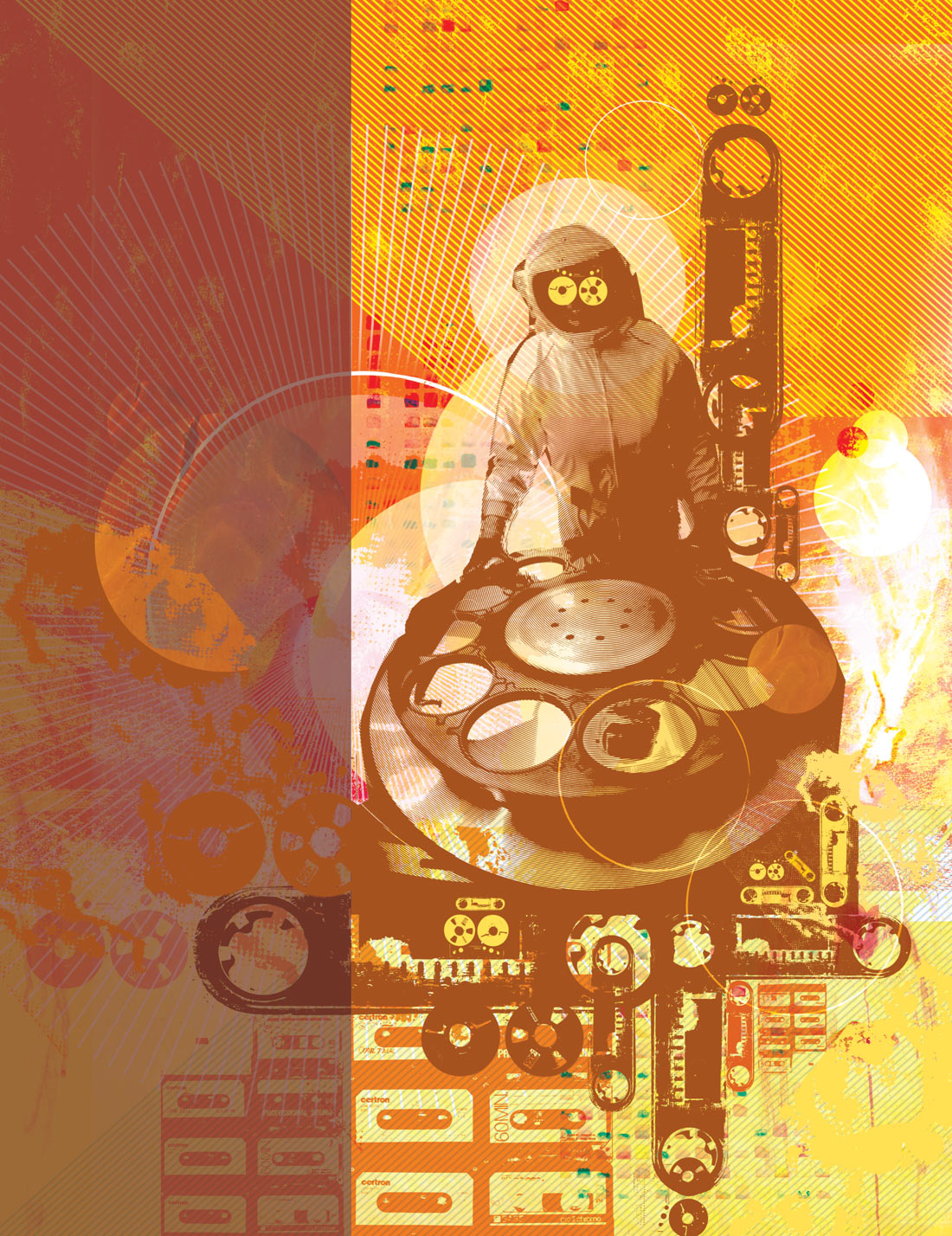My client Ken is a treat to work with. He brings in sessions off his standalone digital multitrack with each song on a CD-R, clearly labeled, a binder with track notes including how everything was mic'ed and how far away the mic was, brings the DAW just in case (with manual), and the whole mixing session proceeds in a very organized pattern. It's always forward motion and we get a lot of work done in a day. His being prepared makes the session run smooth, and any troubles we run into get worked out pretty fast.
I remember the day well. I was sitting next to my washing machine, a Tascam 38 on my right, a Soundcraft Spirit Folio RacPac mixer in front of me. I was recording a friend in my basement studio. For the first time in my life I realized I needed to grab a piece of paper and note what instruments were recorded on which tracks, and that I needed to have a sheet for every song.
What? For years I had been recording my own music on 4-track cassette, 1/4" reels and 1/2" 8-track. I had never worried about what was on what track — I'd sometimes labeled reels or tape cases for song order, but not tape position or track assignments. Suddenly I realized part of the job of recording music was documentation — and that meant that recording was now that much less about having fun and that much more like, uh, work.
So I printed up track sheets and diligently wrote down what instrument was on what track for which song. I even started to take notes on mix ideas and such. But the tapes weren't usually leaving my studio, so I didn't think much of what other documentation was needed.
The wake-up call came down hard years later. I'd moved out of my house and had a 2" 16-track deck. I'd recently recorded an Elliott Smith song called "Miss Misery" as a demo at Jackpot! One day, while I was out, Elliott brought director Gus Van Sant down to the studio where Gus listened to and decided to use this song in his upcoming movie, Good Will Hunting. Someone came in a limo one day and picked up the 2" reel this song was on, which I thought was hilarious.
The next day I get a call from an engineer in L.A. at The Village. It went something like this:
L.A.: "Hello. I'm trying to find the test tones for this reel. Are they on another reel?"
L.C.: "Uh, no. We didn't print any tones."
L.A.: "Do you know what operating level this was recorded at?"
L.C.: "Uh, what's that?"
L.A.: "The level you're going to tape. Lot's of times it's at +6."
L.C.: "Uh, yeah. That sounds right. The tech set it up for us."
L.A.: "So there are no tones?"
L.C.: "No, I guess not."
L.A.: "Well, thanks anyway."
I started learning how to set up and calibrate my own tape deck, and what terms like "nanoweber" meant. Most importantly, I learned how to label everything clearly, sometimes to a point of overkill — "Yeah, we know if it's 30 ips, it's probably AES EQ."
I have received reels of tape with no information whatsoever besides the name of the artist on the box. I have opened Pro Tools sessions to be greeted by 32 tracks of "Audio 1" to "Audio 32". I find it hard to imagine that the person sending these tracks out the door couldn't think through to the point where another engineer has to make sense of this. What tape speed, bias, level, number of track, tails out? What types of files are on this CD-R? What is the sample rate and bit depth? When and where was it recorded? Is there a phone number I can call?
There's a certain chaos happening in the mind when creating art — random associations and flashes of ideas need to be captured as soon as they occur. But when we need to interface with others to complete our art, there's no reason to make it any harder than it needs to be. The more organizational problems that are out of the way, the more that the people involved can expend their energy in a creative way. And that's what it's all about, isn't it?


